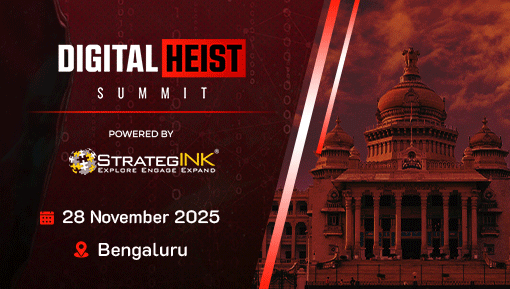
Scenario: A large IT/ITES firm specializing in AI/ML-driven analytics and automation is targeted by cybercriminals who execute a model poisoning attack on its AI-based data processing systems
Mitigation plan and to build resiliency
AI poisoning is a real risk through which the models can easily start hallucinating. Critical segments such as Financial, Legal and Healthcare must always set through processes to ensure a proper mitigation plan against AI model poisoning attacks, the firm here can adopt a comprehensive approach that includes technical, procedural, and regulatory measures. Here are some key strategies:
Technical Measures
1. Robust Data Validation
Implement rigorous validation processes for training data to ensure its integrity
2. Anomaly Detection
Utilize anomaly detection techniques to identify unusual patterns in data that may indicate poisoning attempts
3. Adversarial Training
Employ training methods that are resilient to data poisoning, such as adversarial training
4. Continuous Model Monitoring
Continuously monitor AI models for anomalies and discrepancies to detect issues early
Procedural Measures
1. Access Controls
Implement strict access controls to protect AI systems from unauthorized access.
2. Zero Trust Architecture
Adopt a Zero Trust Architecture to ensure all network traffic is verified and authenticated.
3. Employee Training
Train employees in cybersecurity best practices and the importance of data integrity.
4. Incident Response Plan
Develop and regularly update an incident response plan to quickly address and mitigate any detected attacks
Regulatory and Compliance Measures:
1. Governance Frameworks
Implement governance frameworks to ensure AI systems are deployed responsibly and comply with regulations
2. Compliance Strategies
Develop compliance strategies to adhere to evolving regulations, such as the AI Act.
3. Risk Management
Integrate risk management methodologies to assess and manage the security of AI systems.






